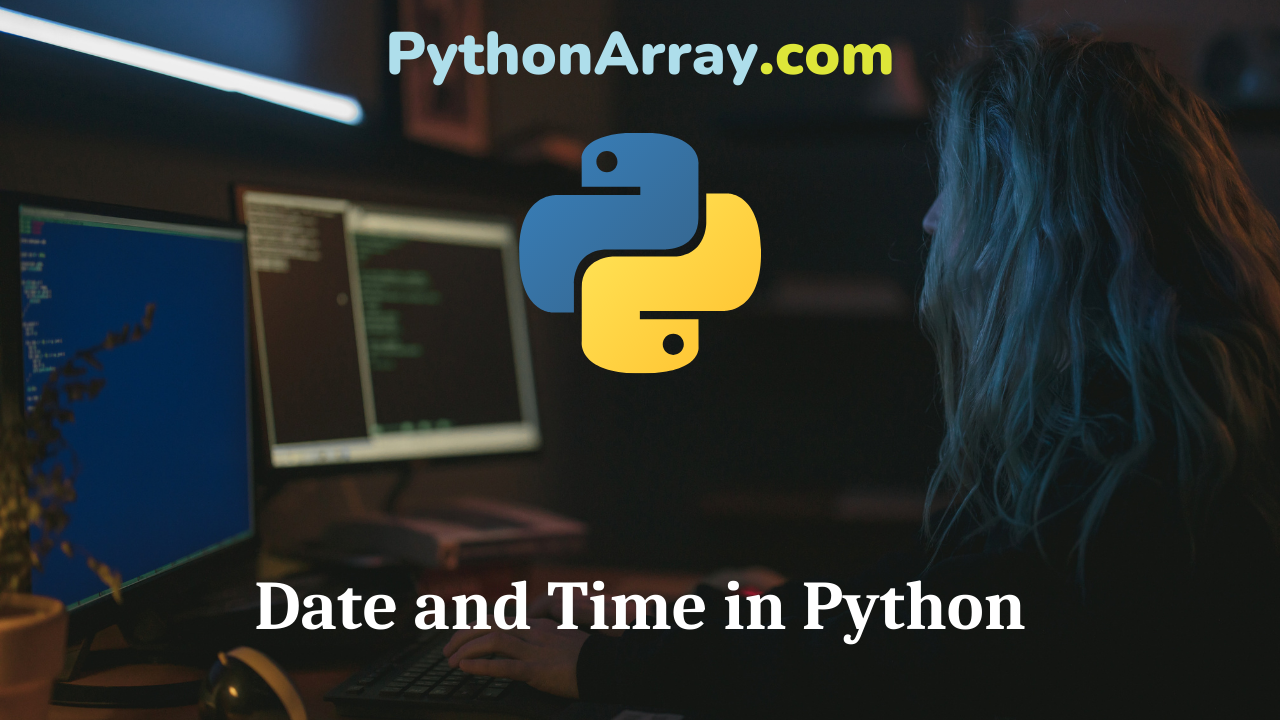Date and Time in Python
In my last post about datetime & time modules in Python, I mostly used the strftime(format) method to print out the dates and times.
In this post, I will show you how you can do it without that by just using datetime.datetime.now().
The second part of the post is about the timedelta class, in which we can see the difference between two date, time, or datetime instances to microsecond resolution.
- How to Display the Date and Time using Python | Python datetime module & strftime()
- Python Programming – Date and Time Functions
- Advanced SQLite Usage in Python
Date and Time Script
The last example is a short script for counting how many days there is left for any given date (birthday in this example).
import datetime now = datetime.datetime.now() print "-" * 25 print now print now.year print now.month print now.day print now.hour print now.minute print now.second print "-" * 25 print "1 week ago was it: ", now - datetime.timedelta(weeks=1) print "100 days ago was: ", now - datetime.timedelta(days=100) print "1 week from now is it: ", now + datetime.timedelta(weeks=1) print "In 1000 days from now is it: ", now + datetime.timedelta(days=1000) print "-" * 25 birthday = datetime.datetime(2012,11,04) print "Birthday in ... ", birthday - now print "-" * 25
You should see an output simimlar to this:
------------------------- 2012-10-03 16:04:56.703758 2012 10 3 16 4 56 ------------------------- The date and time one week ago from now was: 2012-09-26 16:04:56.703758 100 days ago was: 2012-06-25 16:04:56.703758 One week from now is it: 2012-10-10 16:04:56.703758 In 1000 days from now is it: 2015-06-30 16:04:56.703758 ------------------------- Birthday in ... 31 days, 7:55:03.296242 -------------------------
I found this blog post at saltycrane.com that I liked and want to share:
